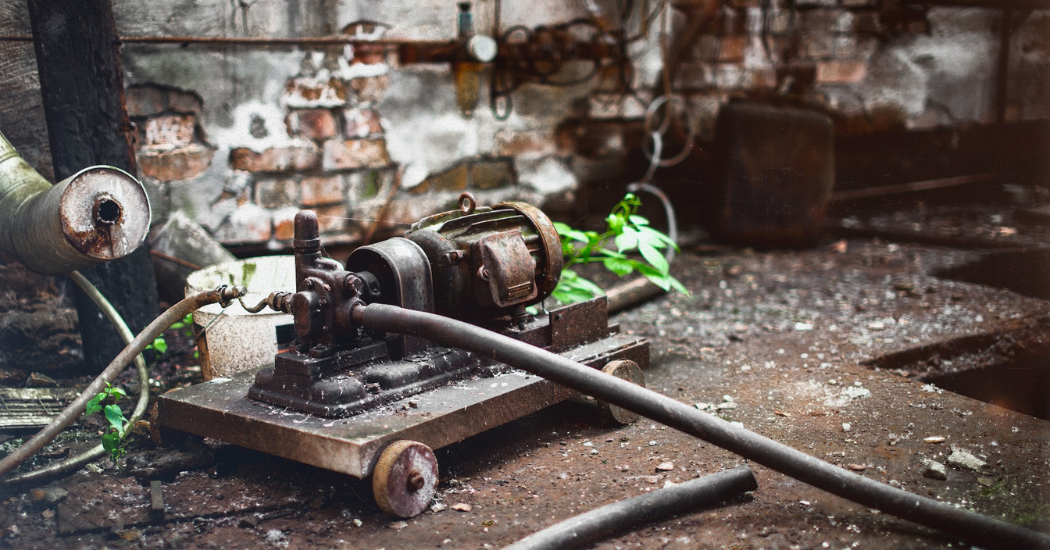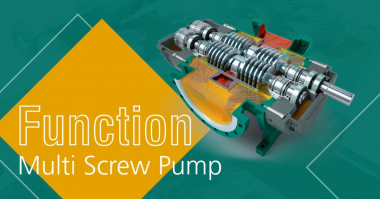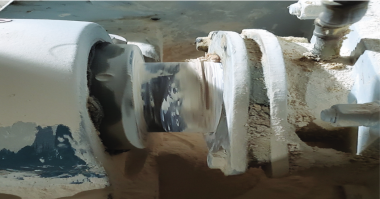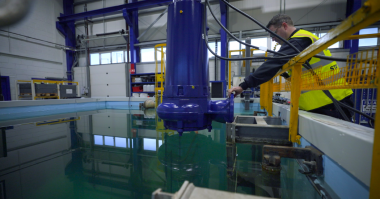Mechanical seal replacement in centrifugal pumps is crucial for ensuring peak performance and maximum pump life span. A few red flags hint that it may be time to swap out a failing pump seal. Luckily, the seal replacement process is relatively straightforward.
When to Do a Mechanical Seal Replacement
The mechanical seals are vital to any centrifugal pump system — they prevent fluid or air from leaking. In a standard centrifugal pump assembly, the mechanical seals are located between the casing and the impeller, allowing the impeller to rotate without pump fluid escaping. Like any mechanical part, seals get worn out and eventually need replacing.
When a centrifugal pump struggles to maintain the correct pressure, a leaky seal is often part of the problem. These malfunctions may not be immediately apparent as seal-related issues. For example, a pump may consume more fluid than normal — an early sign of a fluid leak somewhere, such as at the seals.
Centrifugal Pump Seal Replacement Process
The mechanical seal replacement process usually follows a typical outline, although individual pumps may have slightly different needs. Here are the standard steps to follow.
1. Pump Preparation
Start preparing the pump for disassembly by powering it down and cutting off its power source. Additionally, the pump needs to be cut off from fluid and drained. Ensure the inlet and outlet valves are securely closed, then drain the pump casing of any remaining fluid.
2. Pump Disassembly
This stage will vary the most from one pump to another. Many centrifugal pumps use a back pull out design where the pump can be removed from the casing once spacers and bolts are removed. The mechanical seals can be accessed in these pumps without removing the casing from the inlet and outlet pipes. Simply remove the spacers and bolts and take out the pump.
However, some centrifugal pumps do not use this easy-access design. With these pumps, the pump and casing must be entirely disconnected from the inlet and outlet pipes to get to the seals. In some pumps, the motor may need removal as well.
Regardless of whether or not the pump casing needs disconnecting, the pump impeller will need removing. Some can be taken off the pump shaft with a wrench, but others may be bolted onto it.
3. Mechanical Seal Replacement
Two sets of seals should be visible at this stage — on the pump shaft and the casing. Carefully remove the old seals. There may be screws holding them down, so check for these first.
Once the old seals are detached, the new seals can go on. Remember that new o-ring or gasket material will need to be applied first. During installation, pay close attention to how the new seals are handled. Touching the front face of the seal can transfer oil or debris onto the sensitive seal surface, potentially compromising the new part.
Additionally, always double-check the instructions for a specific pump for rotary seals. These often have installation needs that differ from one pump to another.
4. Pump Reassembly
Start by reattaching the impeller to the pump shaft. As with the new seals, the impeller should also get a new o-ring or gasket when being reinstalled.
Once the impeller is in place, the coupling and pump can be reinserted into the casing for back pull out pumps. For all other pumps, the casing can be reconnected to the inlet and outlet pipes, followed by the coupling and pump. Be patient while aligning the pump and motor during reassembly — this step can take time to get just right. Once everything is correctly back in place, bolt the casing shut and reconnect any other bolts or screws as needed.
5. Powering the Pump Back On
The final step of the mechanical seal replacement process is restarting the pump to ensure everything is working properly. Before reintroducing fluid to the pump, it may be a good idea at this stage to make sure the fluid going into the pump is clean and free of debris. Using new or recently filtered fluid that’s up to cleanliness standards can help keep pump systems in good condition and prevent things like seal or pipe degradation.
In addition to checking the fluid quality, it is also necessary to confirm whether or not the pump needs to be vented before starting up. After venting — if necessary — reopen the inlet and outlet valves and power the pump back on. Monitor it closely at first to confirm that everything is operating properly.
Seal Replacements Keep Pumps Running Well
Completing mechanical seal replacements regularly helps ensure centrifugal pumps operate at peak performance. Old or failing seals can result in malfunctions, mechanical failure and even cause damage to the pump. Thankfully, replacing seals in centrifugal pumps is relatively simple.





Comments